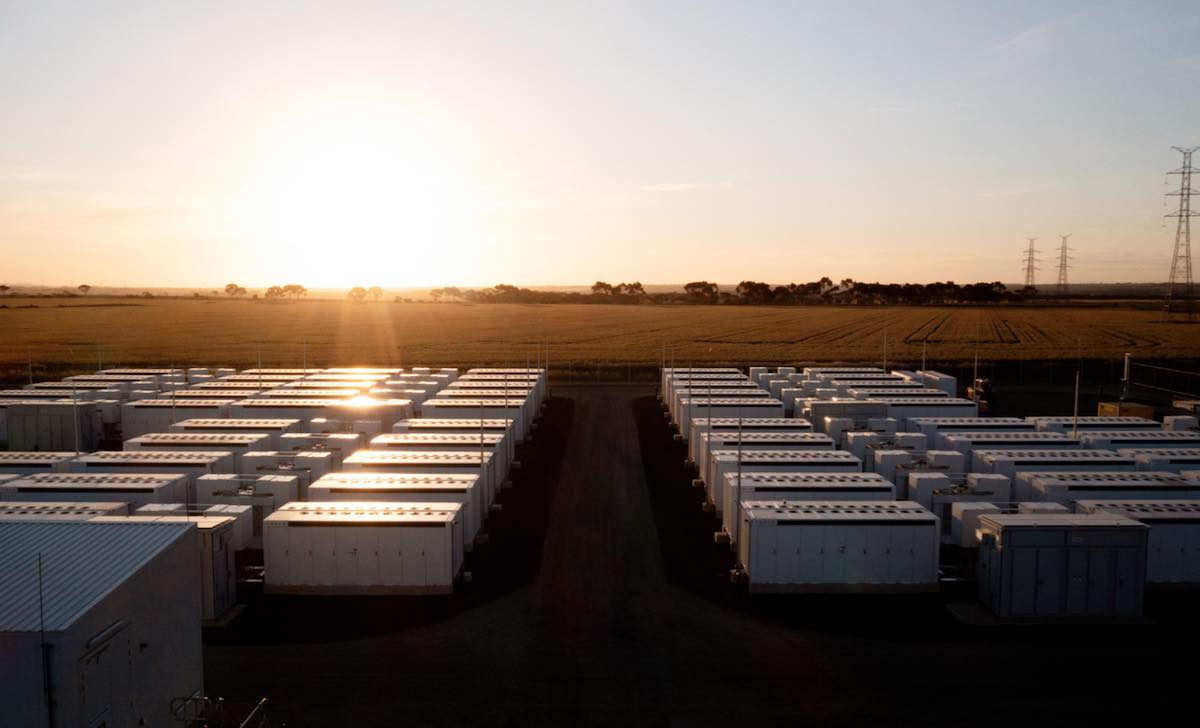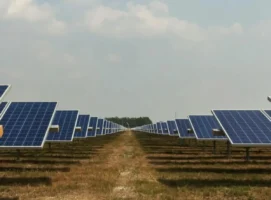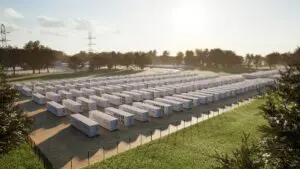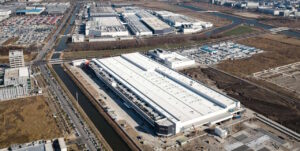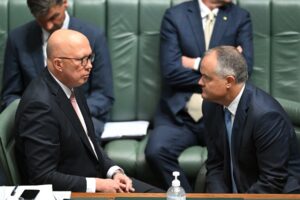They said it couldn’t be done. There was no way Australia could reach 20 per cent renewables by 2020, we were told. And yet we did. And then we were told there was too much wind and solar. Now it is clear there is not nearly enough.
It is now exactly a decade since the RenewEconomy website appeared and published its first articles. Australia, at the time, was yet to build its first large-scale solar farm; the carbon price had not yet been put in place, the finishing touches were being put on a re-booted renewable energy target and the Clean Energy Finance Corporation, and geothermal and solar thermal were supposed to be the next big thing.
At the time, the transition to a grid dominated by wind and solar appeared as some sort of flight of fancy.
Sure, some utilities like Origin spent tens of millions on solar and geothermal technologies, before throwing billions into LNG. The then chief executive of AGL, Michael Fraser, used to indulge our questions with responses such as “seeing it’s you guys, I guess we better talk about solar.” A few months later, AGL spent billions becoming the biggest generator of coal in the country and the biggest emitter. It is still trying to find a way out of that mess.
But there was no doubt that many legacy utilities could already see what was coming and how much was at stake. The small amounts of rooftop solar in the grid were already pointing to a future of deep duck curves and negative prices, and the incumbents used their regulatory and political influence to fight furiously against any moves to encourage rooftop solar or energy efficiency. Some of them still are.
Big business didn’t want the CEFC to intervene in the market, because they wanted new technologies to be kept in the lab. Some still do. The coal lobby was arguing that it shouldn’t be expected to invest in carbon capture and storage because it was clearly not commercial, and wouldn’t be for another couple of decades. It’s too late for coal, but now the gas and oil industry are trotting out a similar argument.
In the month that RenewEconomy first published, with a team of just two (myself and still deputy editor Sophie Vorrath), there was a negligible amount of renewables in the grid – an average of 4.6 per cent over the month of January, 2012. Most of it was hydro. The official forecasts were equally dismissive – a federal government white paper predicted that solar, might, at best deliver 3 per cent of generation by 2050, or one per cent by 2030.
RenewEconomy, even in those early days, sensed that the transition might go a lot quicker than that. Firstly, because it needed to, secondly because it was clear it would be supported by great licks of capital, and thirdly because learning curves pointed to a future of low cost renewables.
Fast forward a decade and the share of renewables in January, 2022, in Australia’s main grid is 34.4 per cent. Wind and solar alone account for 28 per cent. Solar accounted for 12.6 per cent of generation over the last 12 months, and will now likely deliver half of all generation by 2050 – not three per cent.
That transition has brought extraordinary change. Coal fired power stations, if they couldn’t before, now see the writing on the wall and are preparing for closure, although they are still using their regulatory and political clout to make the case for one more major handout as the transition accelerates around them.
South Australia, thanks to its good resources and a government that made it clear it would welcome investment in renewables, leads the way with the a world-topping 62.5 per cent share for wind and solar (as a percentage of local demand) in the last 12 months.
South Australia has already delivered a week long period where wind and solar delivered more than local demand, and it is expected to reach “net 100 per cent” renewables (calculated over a year), well ahead of the official state target of 2030.
Remarkably, that net 100 per cent renewables will come from wind and solar only. It will be an extraordinary achievement and the knowledge gained from operating such a system will set a blueprint for the world to follow.
Yes, it will rely on storage, demand management, links to other states for exports and some imports, and some fossil fuel generation in wind and solar droughts, but having a gigawatt-scale grid in a modern economy meet the equivalent of 100 per cent of its demand over a year will be extraordinary.
And as stunning as the last decade has been, the next decade could be breathtaking because the market is now looking at green exports, in the form of electricity and hydrogen and ammonia, and green manufacturing, which can all focus their demand on when the sun shines and the wind blows. As the big utilities now admit, you can say goodbye to “baseload”.
As we look to the next decade, it is clear that coal generation may have disappeared from NSW by 2032, and fossil fuel cars will make up only a tiny fraction of new vehicle purchases. The share of renewables in the grid will be well above 80 per cent and could be heading towards 100 per cent.
Just to be clear on that point, the Australian Energy Market Operator expects the share of renewables to be around 80 per cent by 2030 according to what the overall industry considers to be the new “most likely” scenario, known as “step change.”

Crucially, mainstream politics is embracing it. Labor’s emissions targets, still well short of what’s needed for 1.5°C, assume an 82 per cent share of renewables in the main grid by 2030. Even the federal Coalition is dialing in a 69 per cent share of renewables in its woefully inadequate emissions targets.
Australian billionaires such as Andrew Forrest and Mike Cannon-Brookes have already helped change the public discourse on the green energy transition, and if their bold plans – and those of others – come true, Australia will be an exporter of green hydrogen, green ammonia, green electricity, and green materials in the form of steel and other manufactured products.
Vast arrays of wind and solar farms – tens of gigawatts – will be scattered across the outback and coastal desert regions. That will help deliver what is described as the “hydrogen superpower” scenario, and it’s more or less the death-knell for fossil fuels, and importantly is the only scenario that is consistent with Australia’s share of the global task of trying to cap average global warming at 1.5°C.
It assumes no coal generation at all in Australia beyond 2032, electric only car sales, and significant electrification of the broader transport fleet, homes and businesses, and big industry such as steel making. The grid will be dominated by wind and solar and lubricated and supported by storage, smart software, demand management and myriad other technologies.
That 1.5°C is the only target that really matters. The federal Coalition government insists we need new technology to get us there. But nearly all the tools we will need are already at our disposal. The only thing missing, at least at the federal level, is leadership. And in a few months’ time, at the next federal election, there will be an opportunity to get that right.
Ten years on, RenewEconomy remains a feisty and fearless chronicler of the green energy transition. It is the go-to source of information and analysis for the industry itself, and the public.
More than 21,000 articles have been published, and the editorial team doubled and trebled, and webinars, podcasts, videos and important data such as generation and storage maps and renewables production added.
Half a million people visit the website each month, with 14.6 million page views achieved in 2021 and more than 31 million across its three publications, including One Step Off the Grid, and the EV-focused The Driven, launched in 2018.
The level of engagement is not surprising. The stakes – for the environment and the economy – have never been higher, and consumer decisions are now more critical than they have ever been, because the energy transition is not just about what happens in far flung generators and within energy networks, it is about technologies at home that will impact on every part of daily life.
It’s why the big utilities and service providers, and smaller upstarts too, like to tell us that their business is now all about the consumer, and net zero targets. Let’s hope they mean it.
RenewEconomy is seeking your feedback. Our websites and daily newsletters are proudly free to access for all readers and subscribers. But what sort of added features, data and specialist editorial content would you be willing to pay for? Please complete this three-minute readership survey to help us weigh our options. Thank you!

